
AeroGenie — ваш интеллектуальный второй пилот.
В тренде
Categories
National Aviation Authorities Network Releases Roadmap for Advanced Air Mobility Certification
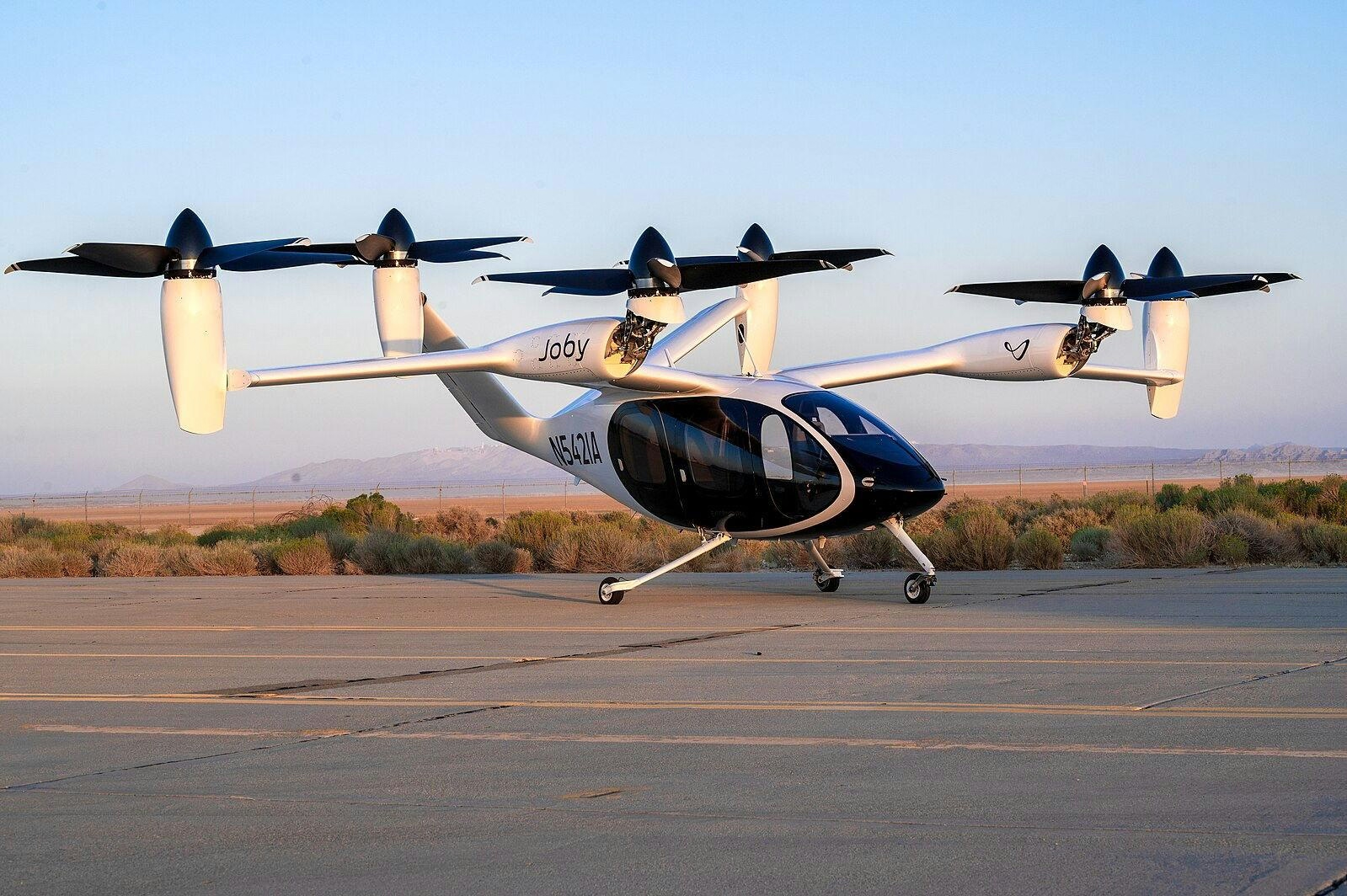
National Aviation Authorities Network Releases Roadmap for Advanced Air Mobility Certification
The National Aviation Authorities (NAA) Network, a coalition comprising the US Federal Aviation Administration (FAA), Australia’s Civil Aviation Safety Authority, Transport Canada Civil Aviation, New Zealand’s Civil Aviation Authority, and the UK Civil Aviation Authority, has unveiled a comprehensive Roadmap for Advanced Air Mobility (AAM) Aircraft Type Certification. Announced by US Transportation Secretary Sean Duffy at the Paris Air Show, this initiative aims to revolutionize the transportation of goods and passengers through emerging technologies such as electric vertical take-off and landing (eVTOL) aircraft and hydrogen propulsion systems.
As AAM technologies advance rapidly, existing aircraft certification frameworks have struggled to keep pace. Variations in certification processes across different countries have created significant obstacles to the safe and efficient deployment of these innovative vehicles. The NAA Network’s Roadmap seeks to overcome these challenges by harmonizing standards and streamlining validation procedures, thereby enabling AAM aircraft to satisfy multiple national certification requirements more effectively.
Core Principles of the Roadmap
The Roadmap is founded on six key principles, with the first three now publicly detailed. The foremost principle prioritizes safety alongside innovation. It underscores the necessity of maintaining rigorous safety standards while encouraging technological progress. The Roadmap aligns with the International Civil Aviation Organization’s (ICAO) safety continuum, acknowledging that as aircraft and operational complexities increase, so too must the level of safety assurance. The NAA Network plans to utilize existing regulatory frameworks, including 14 CFR 21.17(b) for special class aircraft, to identify and implement additional certification requirements. This approach will be supported by robust monitoring mechanisms designed to ensure compliance without stifling innovation.
The second principle focuses on harmonizing type certification. It aims to unify airworthiness standards and compliance methodologies for AAM aircraft through a three-phase strategy. This includes applying performance-based certification criteria tailored to specific AAM designs, facilitating knowledge exchange to align requirements and address regulatory gaps, and maximizing the use of industry consensus standards to expedite validation processes across member countries.
The third principle emphasizes collaboration and alignment. It calls for close cooperation among NAA Network members and parallel coordination with the UK Civil Aviation Authority. Additionally, the Network intends to engage with other key authorities involved in domestic AAM initiatives to ensure a cohesive and unified approach to certification.
Challenges and Market Implications
Despite the promise of the Roadmap, several challenges remain. Outdated regulatory frameworks, infrastructure constraints, and workforce shortages could hinder the rapid adoption of AAM technologies. The NAA Network recognizes these obstacles and commits to updating the Roadmap as new challenges and solutions arise.
Market response to the Roadmap has been predominantly positive, with growing interest from industry stakeholders and investors in advanced air mobility solutions. Competitors are anticipated to adjust their certification strategies in alignment with the new framework and to invest in infrastructure enhancements necessary to support next-generation aircraft.
As the NAA Network continues to refine its Roadmap, the global aviation sector stands on the cusp of a transformative era—one that seeks to balance safety, efficiency, and the innovative potential of advanced air mobility.

Growth Expected in Aviation Biofuels Market

Civil Aviation Minister Says Air India Crash Investigation Is Thorough and Professional
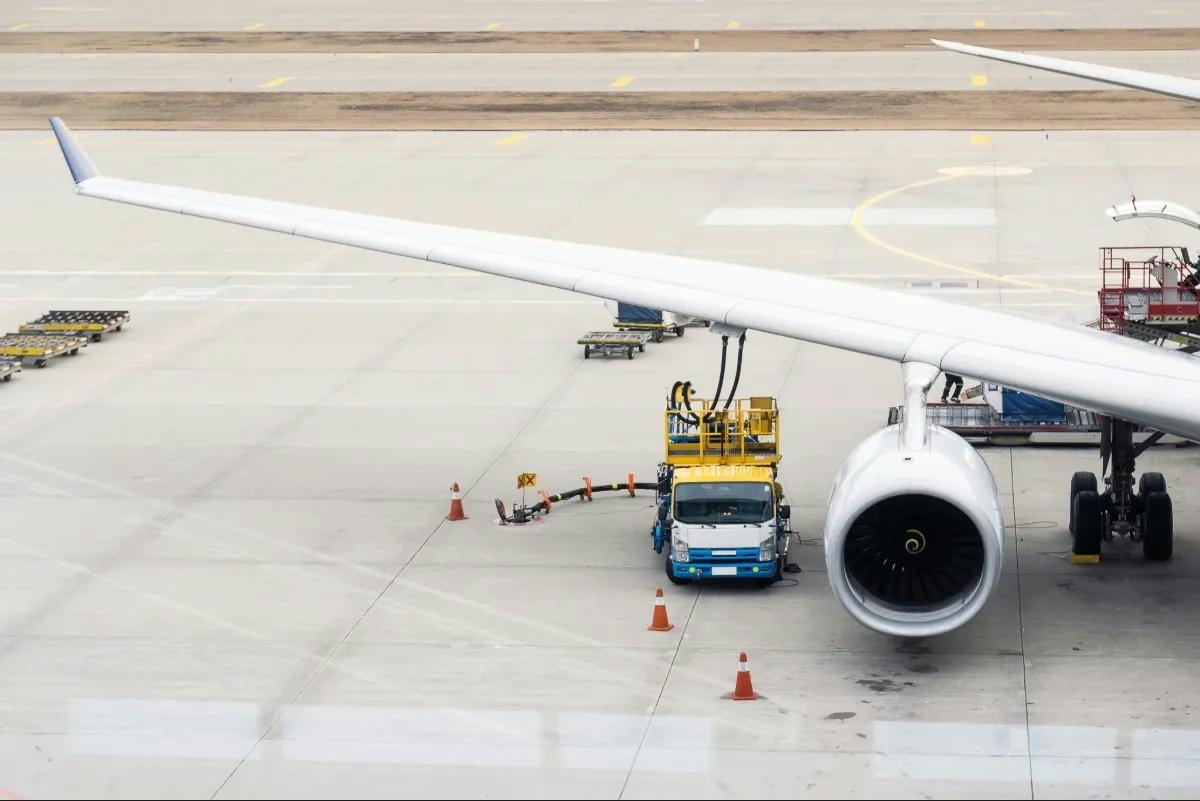
Airline Industry Challenges in 2025: Layoffs, Mergers, and AI Pricing
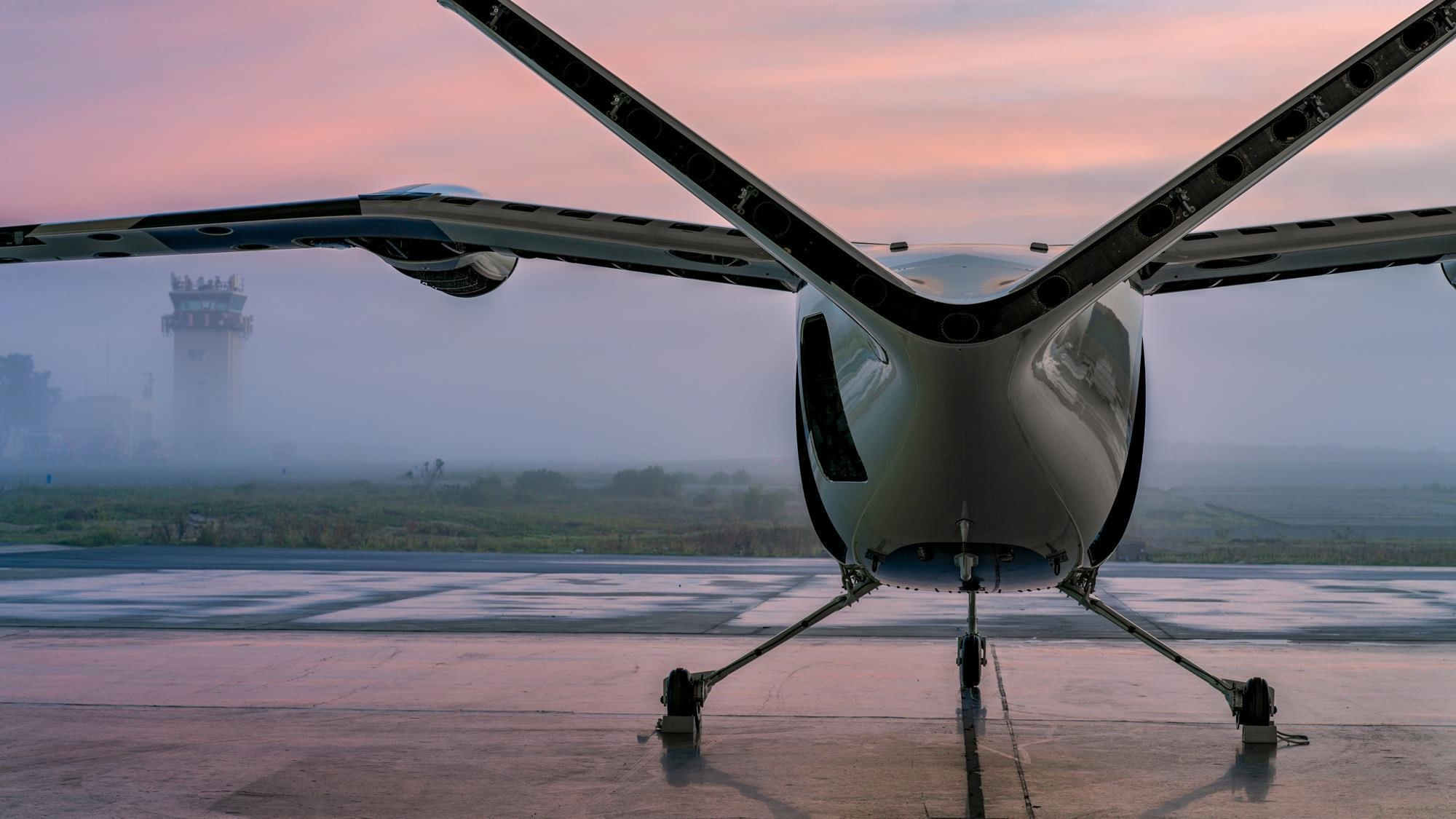
FAA to Review Honda’s Exemption Request for eVTOL Aircraft Trials in the US
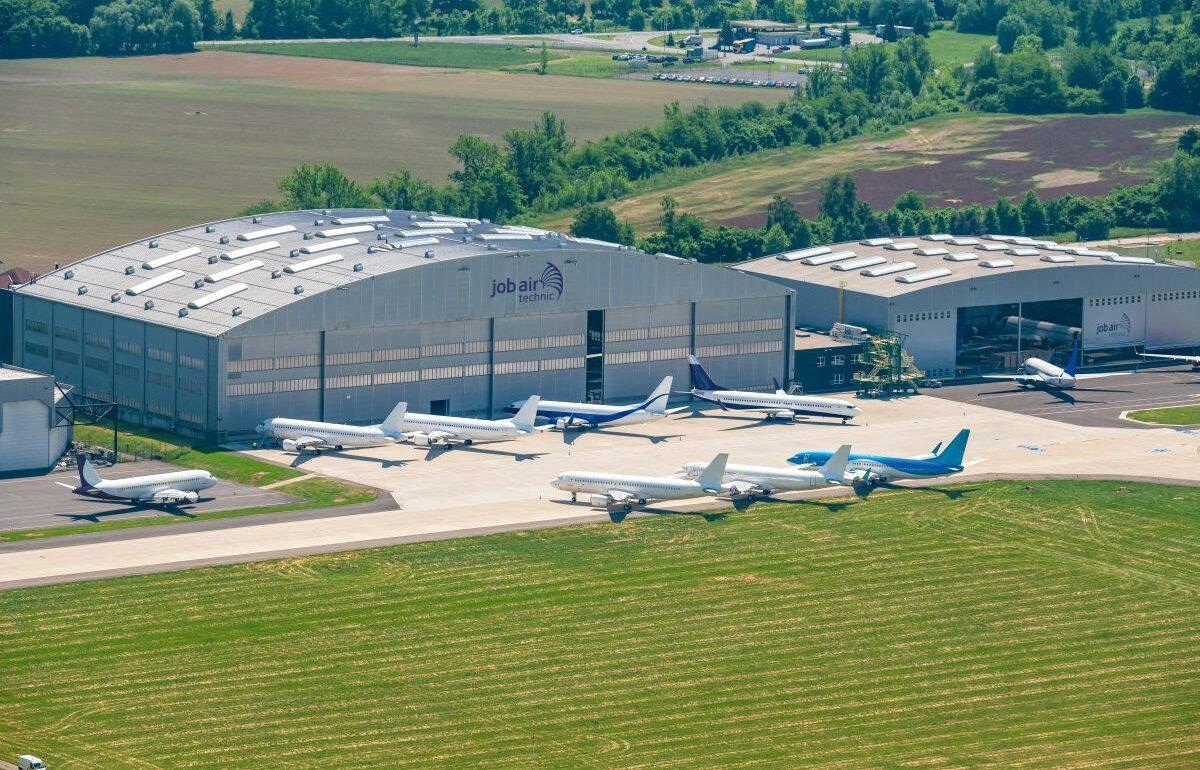
New Aviation Maintenance and Training Center Planned for North Bali

Airbus Exceeds 2025 Delivery Target with 793 Aircraft
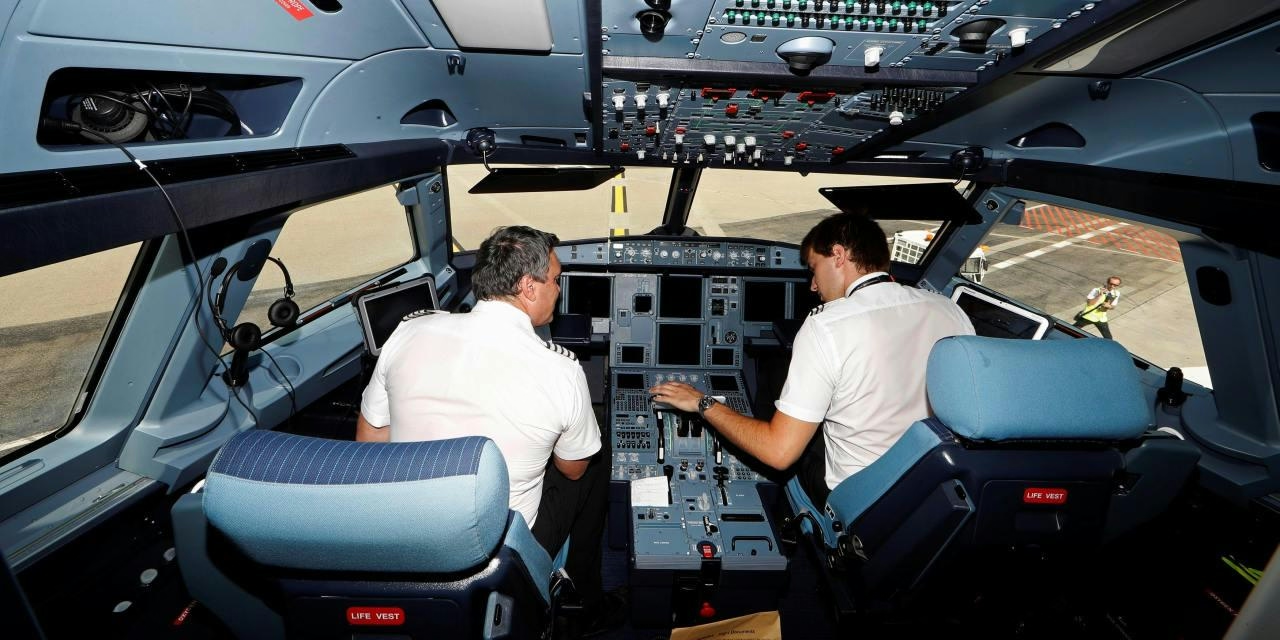
TransDigm Group Reshapes the Aerospace Supply Chain
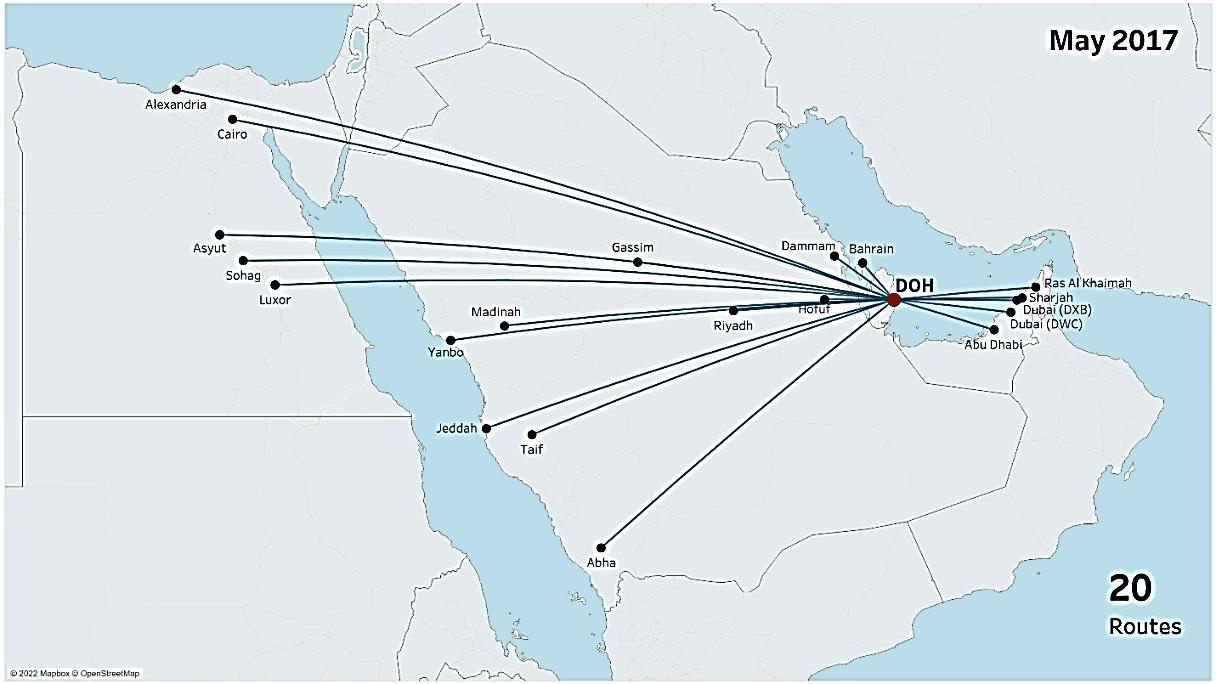
Qatar Secures ICAO Re-election and Expands Aviation Routes

UAE and China Advocate for Flying Taxis Over Self-Driving Cars
